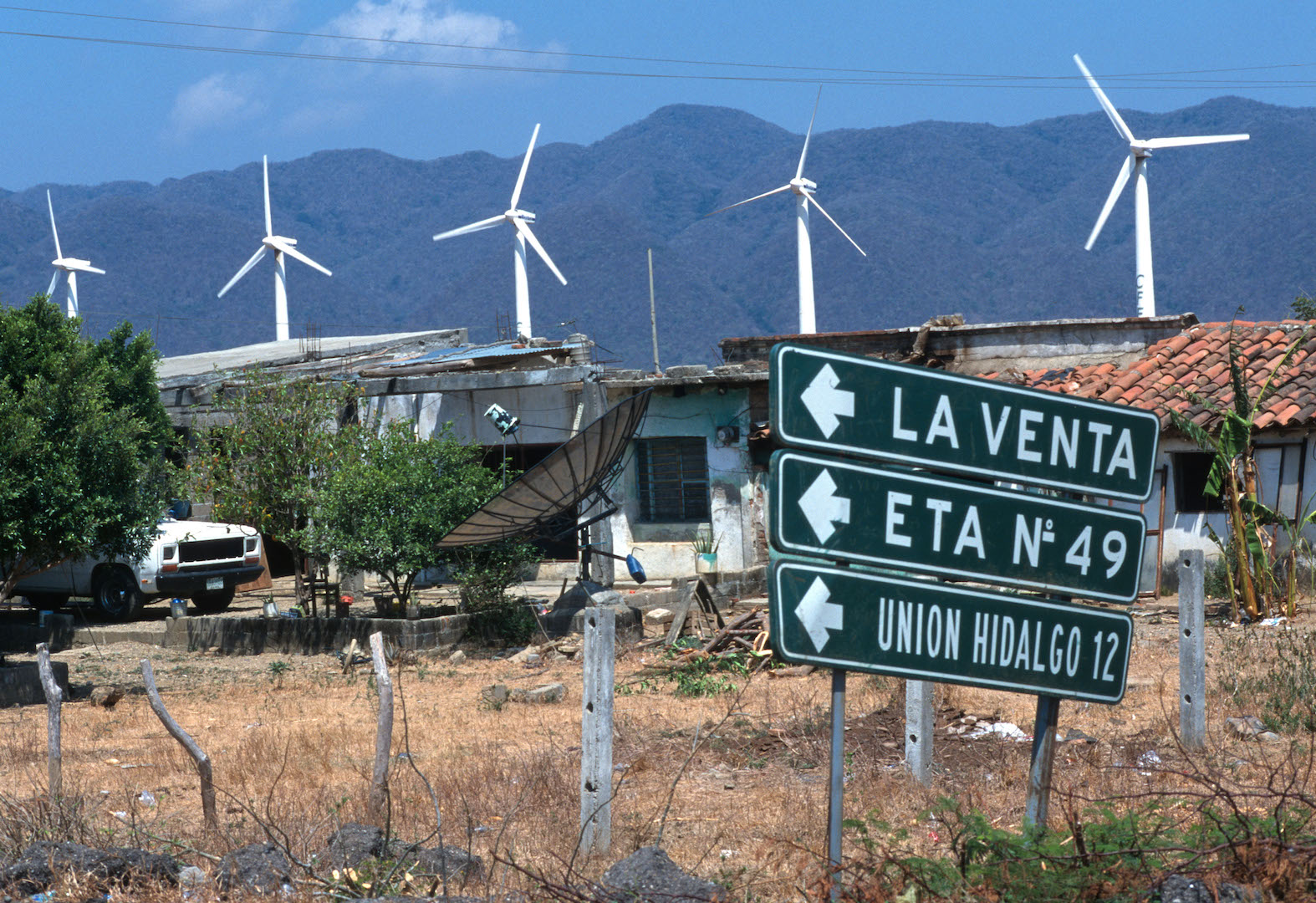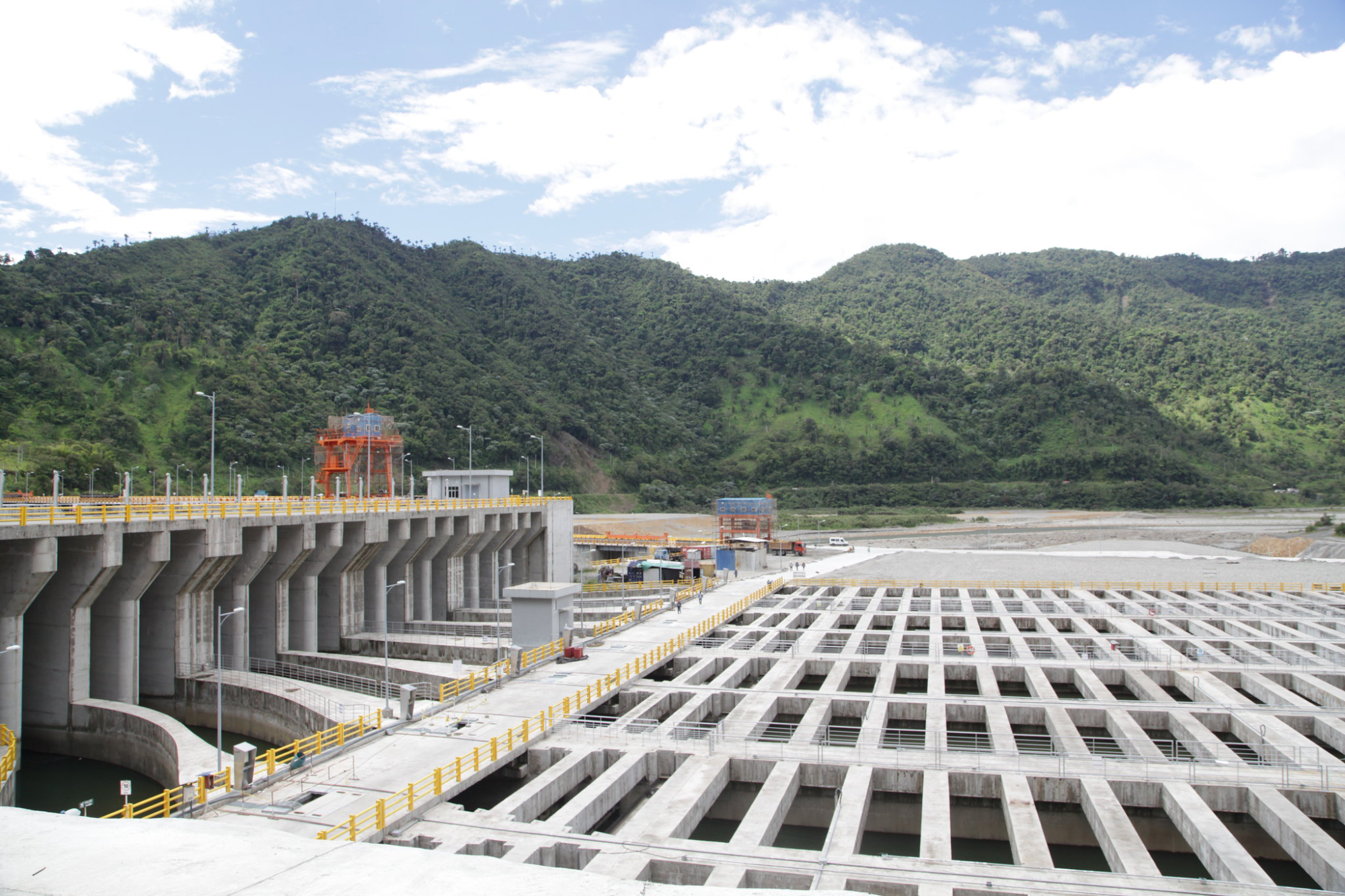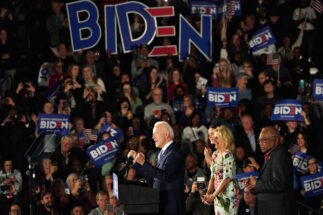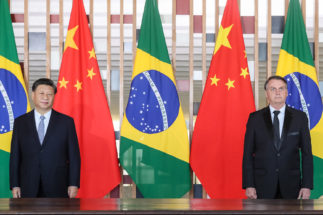This year is already shaping up to be a critical year for China and Latin America’s shared challenges of political and social stability and environmental sustainability. Here, Diálogo Chino looks ahead at six key topics that could come to define the year for China, Latin America and the environment.
1. A win-or-bust year for Brazil and China
Chinese technology has been crucial for Brazil, starting with the decades-old satellite programme that helped the country track deforestation. However, after far-right militant Jair Bolsonaro took office as Brazil’s president in 2019, technology partnerships between the two countries suddenly became controversial.
Bolsonaro’s choice to align his administration to the US, irrespective of the issue, put his presidency in hostile opposition to China. And 2021 might reveal some of the consequences of this conflict.
First, there is the 5G network that Brazil’s telecom companies seek to buy as they upgrade their systems. Pressured by the US, Brazilian officials have considered blocking telecom companies from buying Huawei’s equipment. But companies have already made veiled threats of taking the government to court to pay for their losses if it forces them to choose another supplier. The auction that will unlock this impasse has been postponed to 2021.

Then, there is Covid-19 vaccine, developed by China’s Sinovac in partnership with Instituto Butantan, a manufacturer based in São Paulo state. The deal was cut by São Paulo governor João Doria, who is widely expected to run for president against Bolsonaro in 2022. The rivalry, combined with his animosity against China, led Bolsonaro to publicly bash the vaccine — so much so that a recent survey found that the share of Brazilians now willing to take a Chinese-made vaccine was almost half the amount prepared to take a US-made version.
Still, much like the 5G issue, Brazil will need Sinovac’s vaccine badly to fight the pandemic in 2021, and public health experts have fiercely criticised the president’s diatribes against it. The government’s choices on these two, key issues, could strengthen Brazil-China relations after a touch 12 months – or harm them beyond repair.
2. Delayed environmental summits must make progress
Government action to tackle climate change, biodiversity loss and unsustainable fisheries fell way short in 2020, as most of the big environmental summits were postponed due to the pandemic. Even those that did happen online, such as the negotiations over marine protected areas in Antarctica, were a big failure.
Now, as vaccines start rolling up around the world, it’s time to pick up the pace and aim big for this year’s environmental summits. There’s no time to waste. Global temperatures continue growing, the number of endangered species is rising, extreme weather events are more frequent and oceans keep losing oxygen.
There are high hopes for the upcoming United Nations climate change conference COP26, which has been rescheduled for November 2021. Delegates will finally gather in Glasgow, UK, to finalise the last outstanding details of the 2015 Paris Agreement and scale up climate ambition with new pledges.
We’re far from the Paris Agreement goals of limiting global warming to 2ºC compared to pre-industrial levels, or ideally 1.5ºC. Current pledges would see the world face a temperature increase of 3ºC by the end of the century, according to UN estimates. It’s still possible to arrest this and avoid the worst consequences of climate change.
China will also host the rescheduled COP15 biodiversity conference in Kunming this year, penciled for May. Countries have to agree on a new framework to protect global biodiversity. The conference has been likened to a ‘Paris Summit for biodiversity’, hoping to match the landmark 2015 meeting on climate change.
In 2010, governments agreed on the so-called Aichi targets for biodiversity, seeking to end biodiversity loss and restore ecosystems by 2020. However, none were met, a UN report showed last year. Now, new and more ambitious targets have to be agreed. Still, funding and implementation are expected to be tricky issues.
This year’s calendar will also include a high-level UN meeting on oceans in Lisbon, Portugal, postponed in 2020, and negotiations at the World Trade Organization (WTO) to finally end harmful fishing subsidies.
3. Escazú seeks to protect Latin America’s forests

The Escazú Agreement is one step away from becoming a reality. The question is if this regional and globally unprecedented treaty can help Latin America address one of its greatest contradictions. It is the world’s most biodiverse region but it is rapidly losing biomes like the Amazon rainforest, the Chaco grasslands, and the Brazilian Cerrado savannah that are fundamental in regulating the world’s climate. Latin America is also the most dangerous region for environmental defenders.
The congresses of both Argentina and Mexico approved the treaty late last year. As soon as they submit their ratifications to the UN this landmark treaty seeking to improve access to public information, citizen participation and justice in environmental issues in Latin America and the Caribbean will reach the magical number of 11 countries needed for it to come into force.
These were major breakthroughs following almost six months of paralysis due to the covid-19 pandemic and the resulting social and economic crises. The fact that Escazú enters into force and that two of the region’s five major economies have finally ratified it could help sway other countries where it’s still being debated, such as Colombia, Peru and Costa Rica.
4. China looks to develop Mexico’s clean energy
Although Mexico was the first developing country to pass comprehensive climate change legislation and to present its national plan to tackle climate change under the UN framework, the nation has stepped backw from its environmental stewardship under current president Andrés Manuel Lopez Obrador (AMLO).
AMLO has privileged the extraction and burning of fossil fuels under the veil of obtaining energy sovereignty, endangering Mexico’s ability to comply with national and international climate commitments.

However, in a recent turn, China has invested in a series of projects that promote cleaner energy, changing the playing field. State Power Investment Corp (SPIC), one of the largest energy companies in China, bought Mexico’s leading independent renewables firm Zuma Energia. SPIC has more than US$170 billion in assets across 41 countries, including wind, solar and hydropower projects in Brazil and Chile. Qian Zhimin, president of SPIC, reiterated the company’s intention to promote clean alternative energy and to support the Mexican economy.
Chinese firm Ganfeng Lithium also announced the construction of a lithium battery recycling plant in Sonora that will promote circularity and cut pollution in the electric vehicle industry. If these developments continue over the coming year, it could mean that Mexico’s development of renewables, which has faltered since the once-in-a-lifetime opportunity to attract investment afforded by the 2013 Energy Reform, takes a turn for the better.
This could be especially significant at a time when relations between China and Latin America are growing, with China pledging to lend up to US$1 billion dollars to a region hard-hit by the pandemic.
5. A crunch year for China’s Belt and Road in Latin America
Not since Peru joined China’s Belt and Road initiative (BRI) in April 2019 has a Latin American (LAC) country been added to the tally of its 19 regional “members”. Of course, in the wake of the pandemic, China’s priorities, along with those of the rest of the world, have drastically changed. Yet, even prior to the outbreak of covid-19, criticism of BRI’s weak environmental planning had grown louder and new formal endorsements of Xi Jinping’s global connectivity plan from LAC countries had all but stopped. Many were pressured by the prospect of forceful rebuke from the US State Department, which warned of China trying to snare partners through “debt-trap diplomacy”.
BRI’s progress is difficult to measure. Chinese authorities are working to narrow the scope of projects that qualify as BRI and have produced guidelines on debt and environmental sustainability to allay fears it has overextended lending to risky partners and projects in pursuit of new members.
China’s policy banks have been principal funders of the BRI and their overseas infrastructure lending is down to new lows, according to recent figures from Boston University. At the same time, the project finance is changing as China’s commercial banks and state-owned enterprises enter the fold as important backers of ports, roads and railways that variously qualify as BRI. The initiative still has few flagship greenfield projects in the region. However, projects consistent with its goals, such as Peru’s Amazon Waterway – the dredging of Peruvian tributaries of the basin’s lifeblood in order to facilitate the transit of goods- are controversial. Furthermore, LAC’s four largest economies – Brazil, Mexico, Colombia and Argentina – have resisted overtures from Beijing to join, although the latter appears to be edging closer.
With the prospect of a less adversarial US stance towards the BRI in LAC under President-elect Biden and covid-19 vaccines enabling increased economic activity later in 2021, China will no doubt be keen to recover the BRI’s previous momentum, avoid criticism of poor environmental management and secure a big-name endorsement
6. China navigates politics in the Andean region
Amid the backdrop of economies and societies inordinately hard-hit by the pandemic, both Ecuador and Peru, for whom China is a major partner, will host presidential elections in 2021. Ecuadoreans will elect a new president in February since Lenin Moreno, who has single-digit approval ratings, has declared himself out of the running. Polls indicate one of the leading candidates is Andrés Arauz, a former central bank governor who has been a staunch critic of Moreno’s IMF-supported austerity measures. In a flashback to the controversial oil-backed credit lines agreed by his mentor Rafael Correa, he told the Financial Times he is “already opening dialogues with the development banks of China”.

After the eventual impeachment of Martín Vizcarra, Peru is set to hold a general election in April. Among the record 22 registered candidates are George Forsyth, an ex-national team footballer and the son of a former ambassador to the US and China and 2011-2016 president Ollanta Humala. If the winner can finally bring a measure of political stability to Peru, it could kickstart the renegotiation of the country’s Free Trade Agreement with China, which aims to boost mining and fisheries exports.
Elsewhere, in Bolivia and Venezuela, traditional China-allied parties have returned to or consolidated power. Luis Arce from Evo Morales’ Movimiento Al Socialismo (MAS) assumed Bolivia’s top office in November last year after a US-backed far-right interim government stepped aside. Chinese leader Xi Jinping warmly congratulated Arce and promised to cooperate with Bolivia to secure ‘new and greater advances in nation-building’.
Venezuela’s National Assembly took its seats on January 5 with Nicolás Maduro’s Partido Socialista Unido de Venezuela (PSUV) strengthening its grip on power after December’s legislative elections were boycotted by the opposition. It meant there was no place for opposition leader Juan Guiadó, who declared himself the legitimate leader of Venezuela in 2018 with broad support from Western countries. China, Venezuela’s top creditor, recognised Maduro throughout as the question over who should represent Venezuela in international fora became a flashpoint between the US and China. Yet, with Covid-19 rampant and Venezuela’s oil output at its lowest in nearly 80 years – the only means of repaying its debt to China – the relationship faces tough times.







![The four person medical team at Kwaring village of Lahaul tests for Covid-19 during winter in the high Himalayas [Image by: Rakesh Parihar]](https://dialogue.earth/content/uploads/2021/02/Photo_5_Kwaring-2048x1375-1-300x201.jpg)

![Woman farmer carrying her child while cutting rice crops from the field, in village Qasim Solangi, Hyderabad [image by: Manoj Genani]](https://dialogue.earth/content/uploads/2021/02/Women-peasant-carrying-her-child-while-cutting-rice-crops-from-the-field-in-village-Qasim-Solangi-Hyd-2048x1365-1-300x200.jpg)